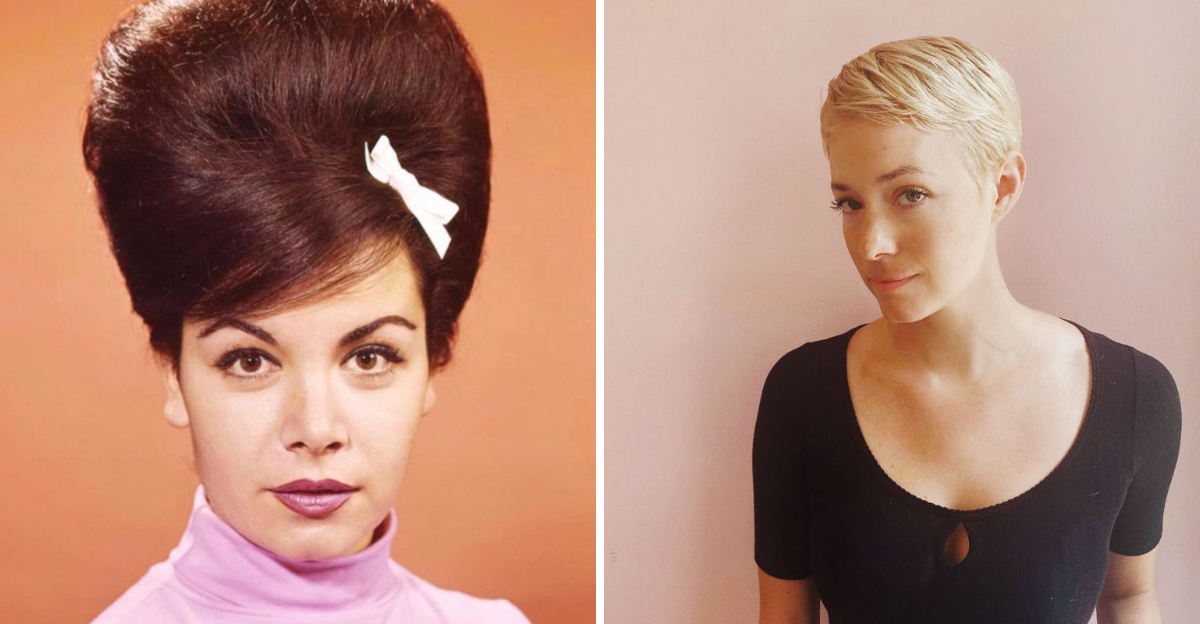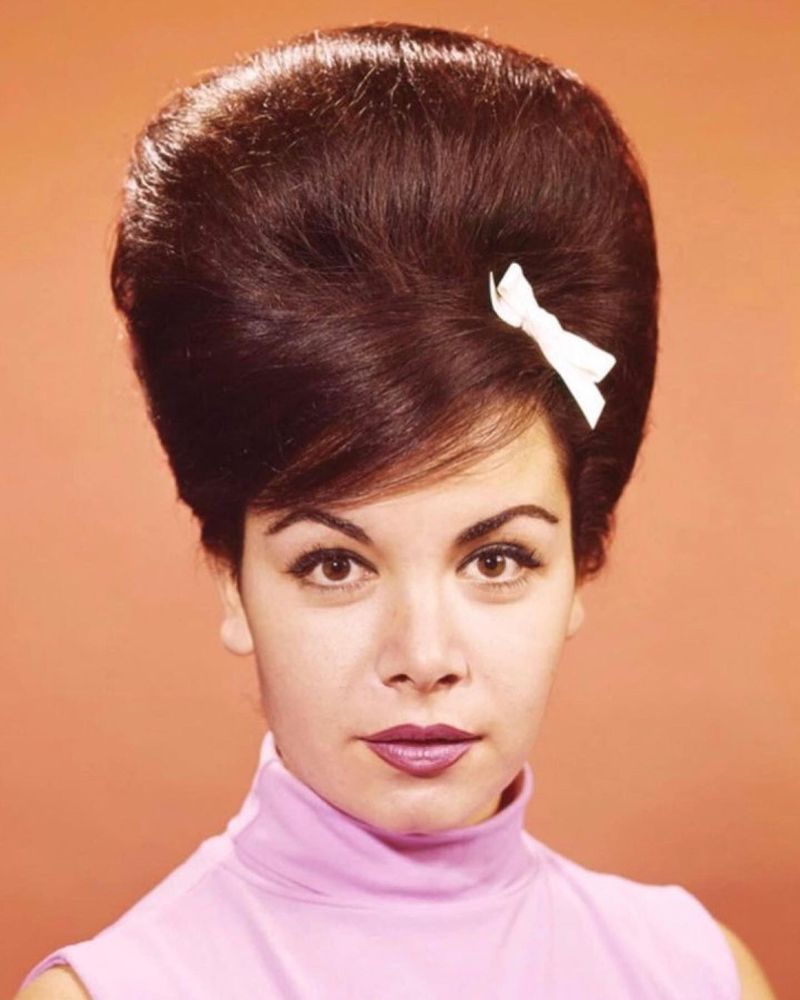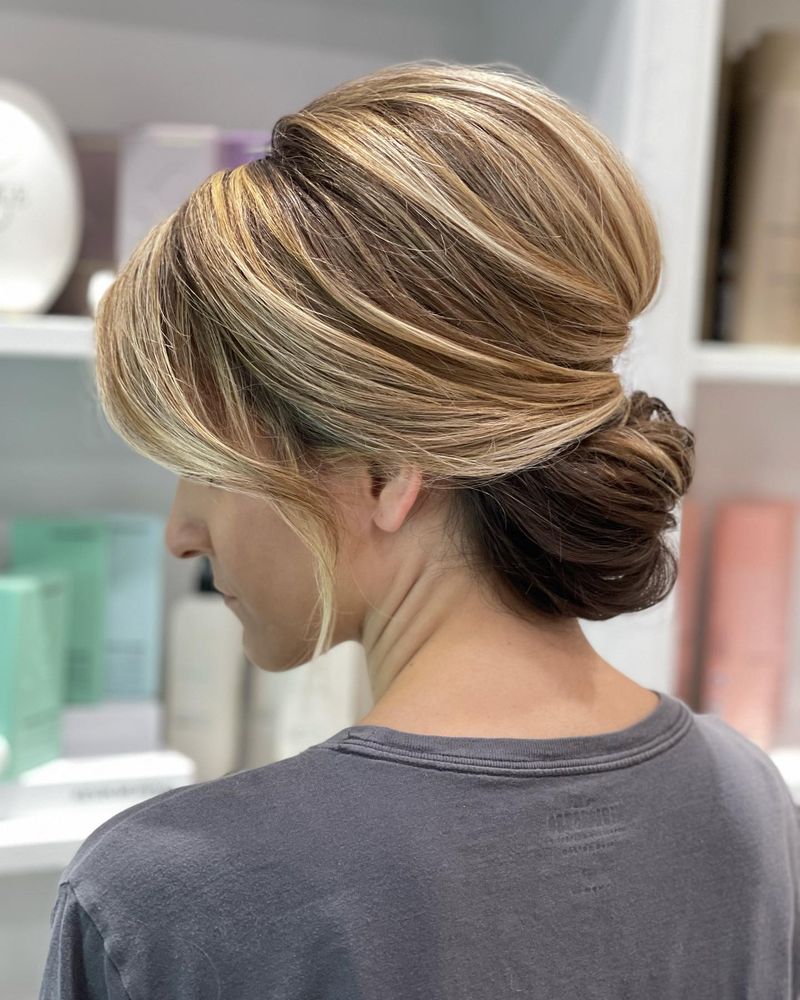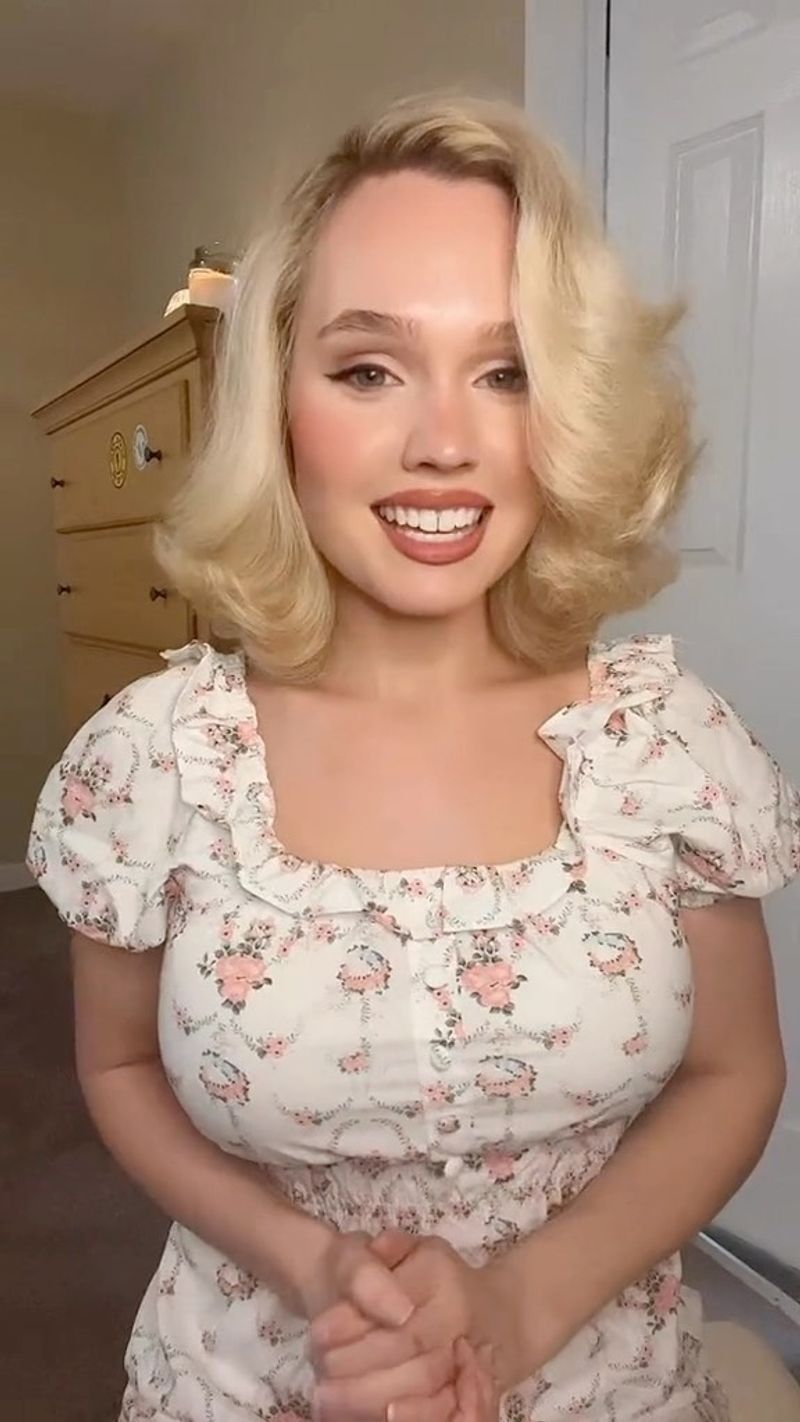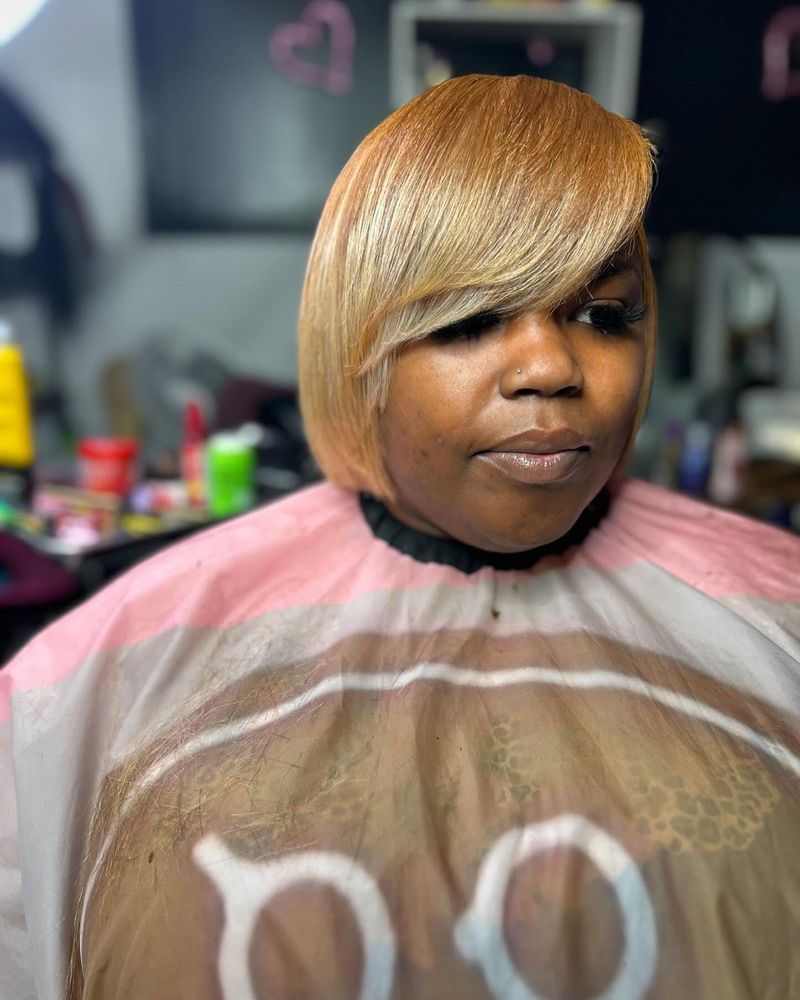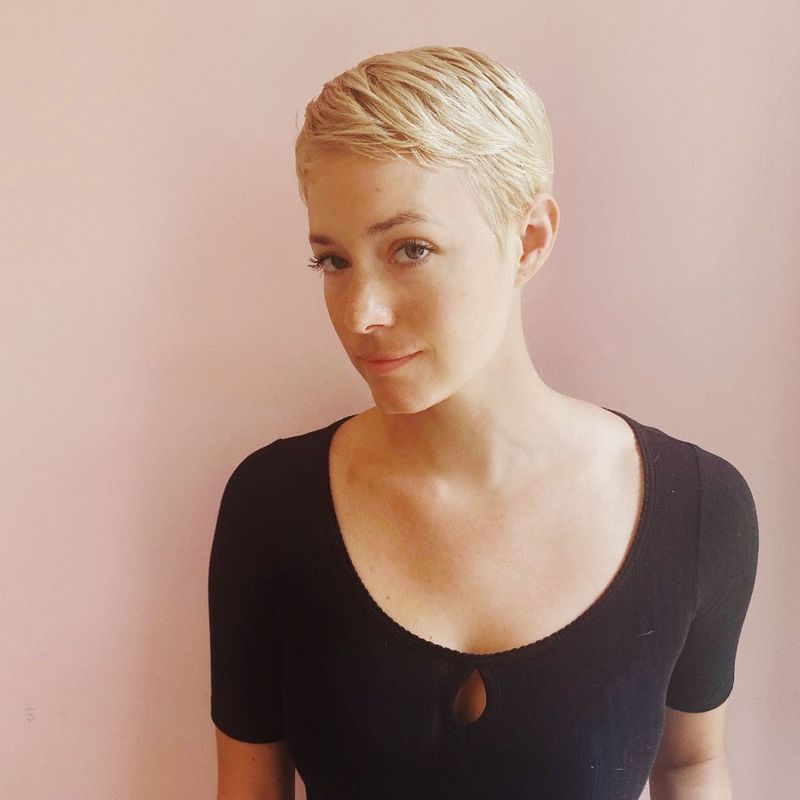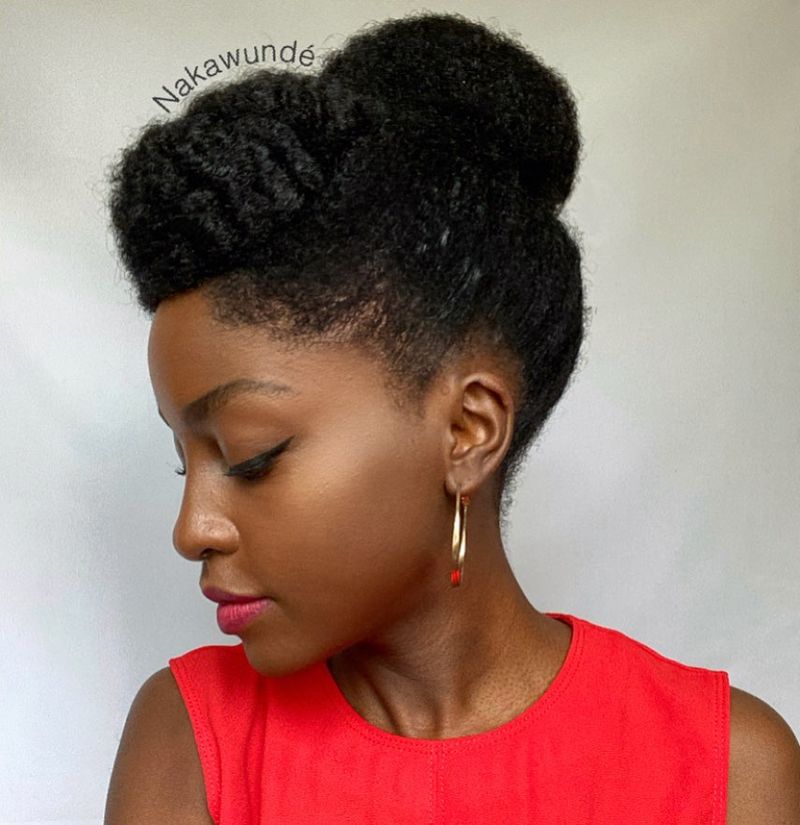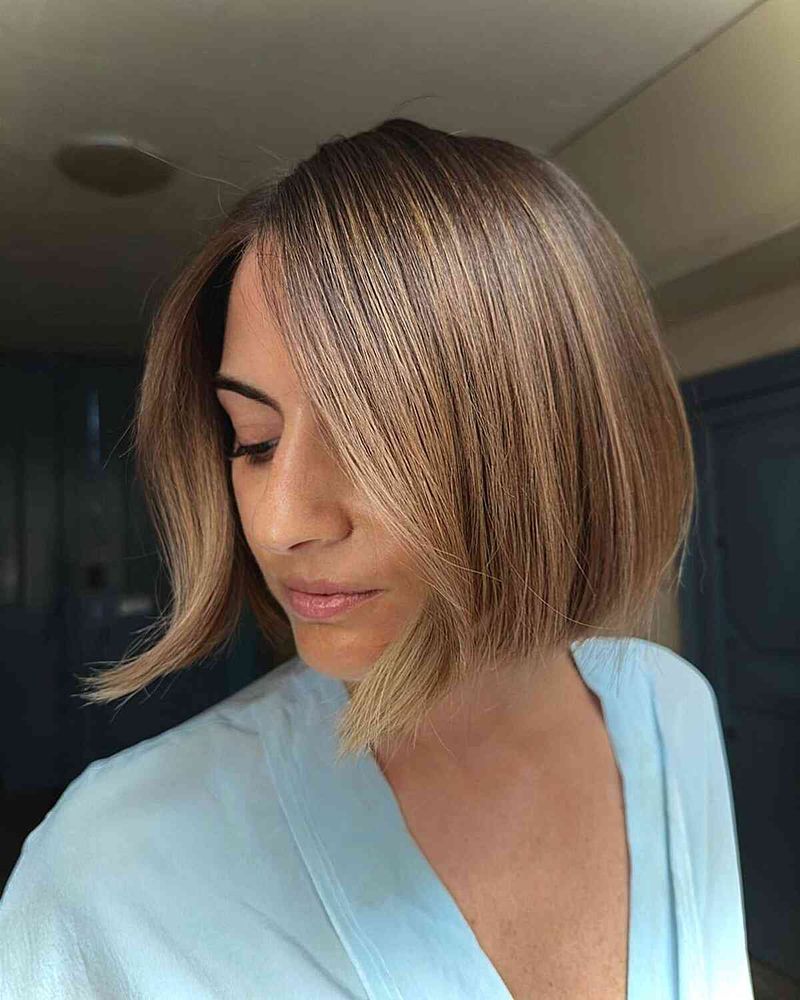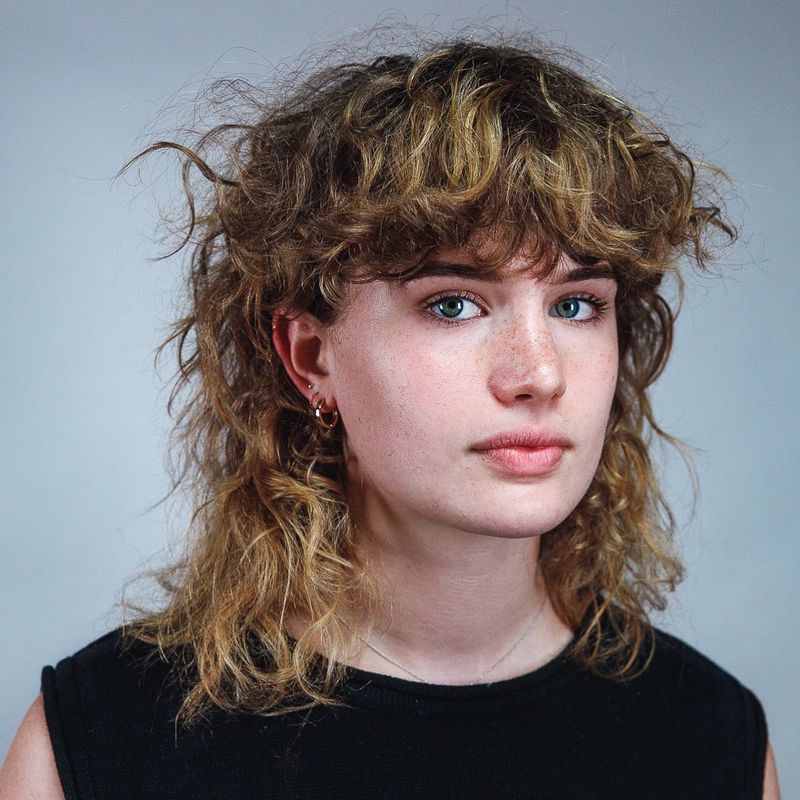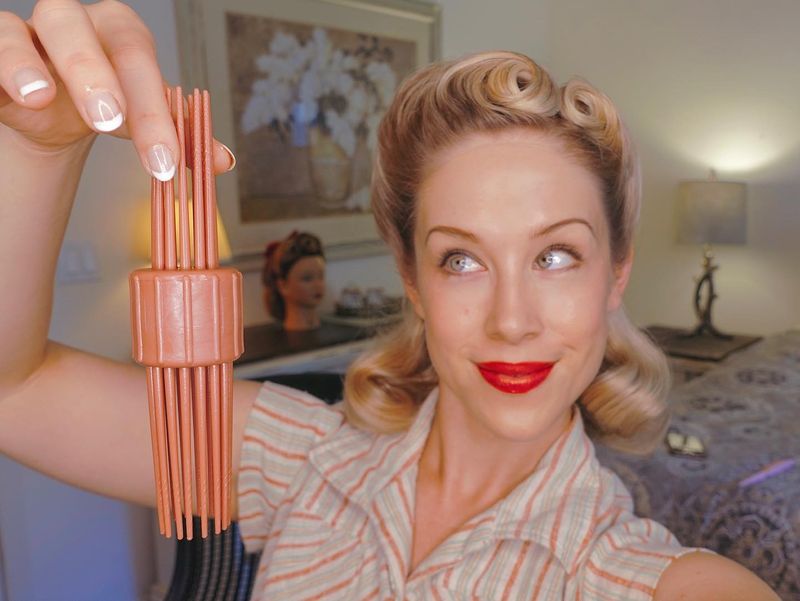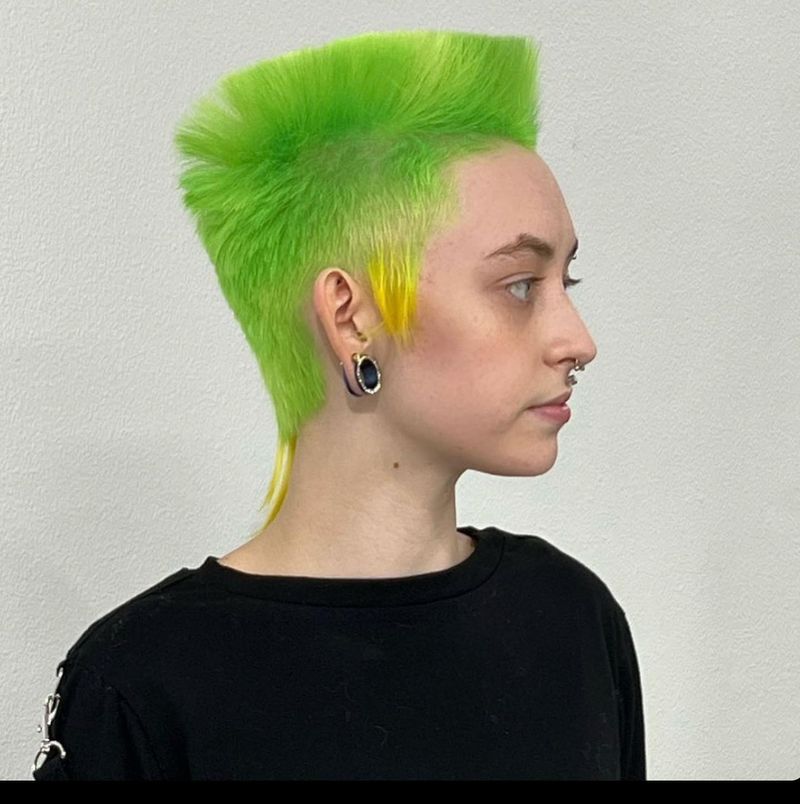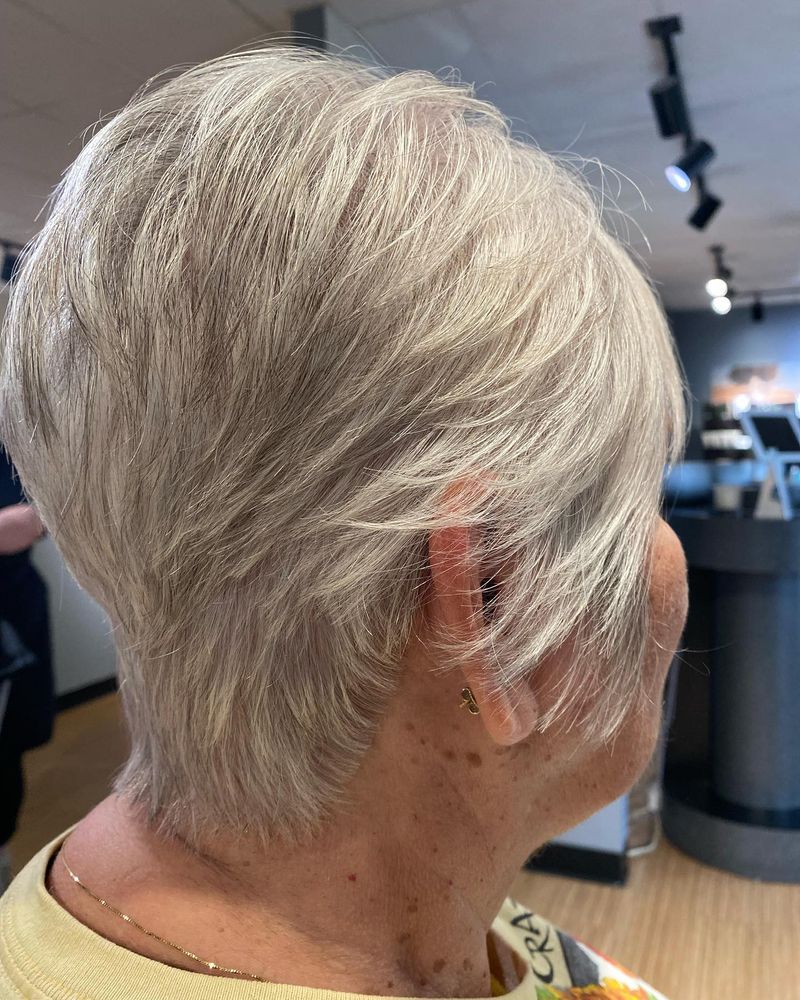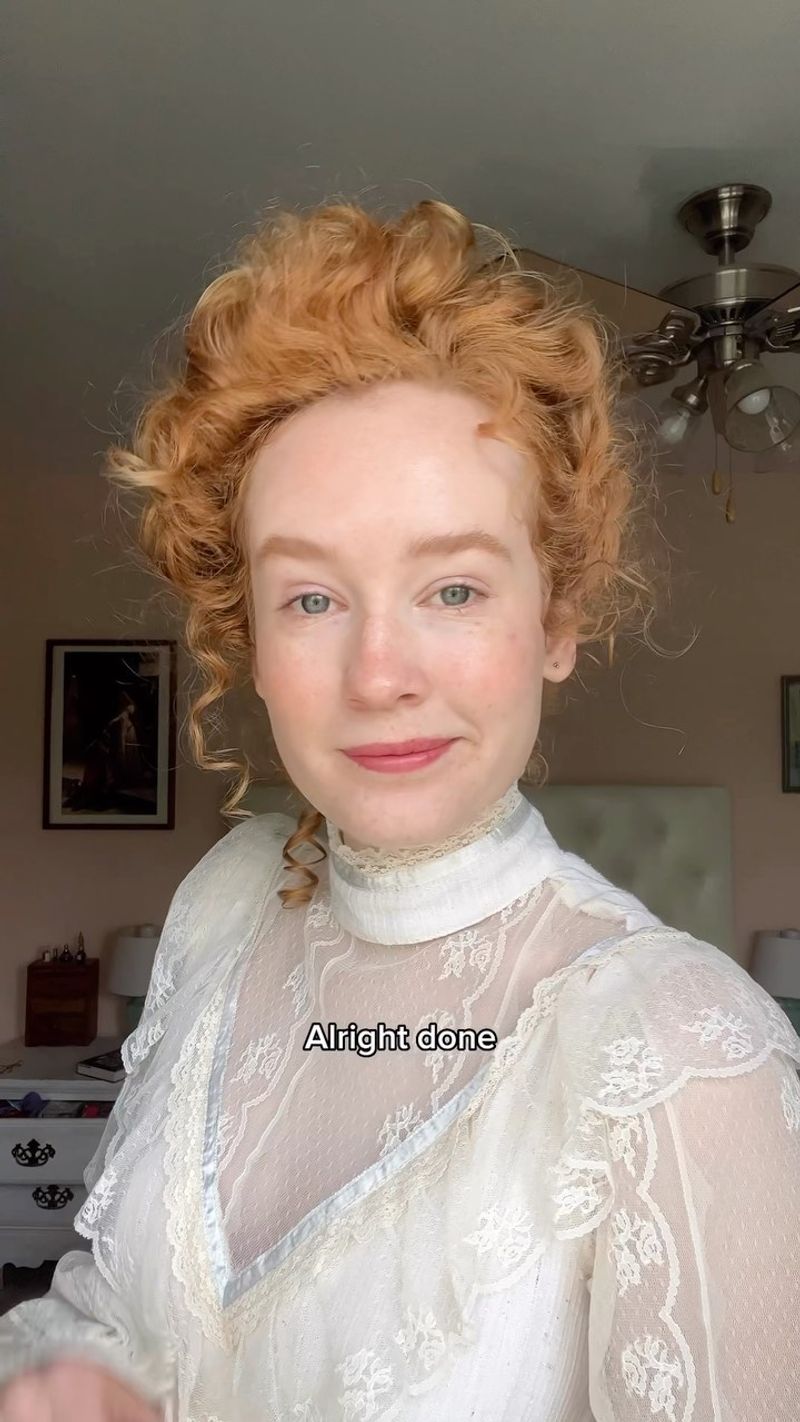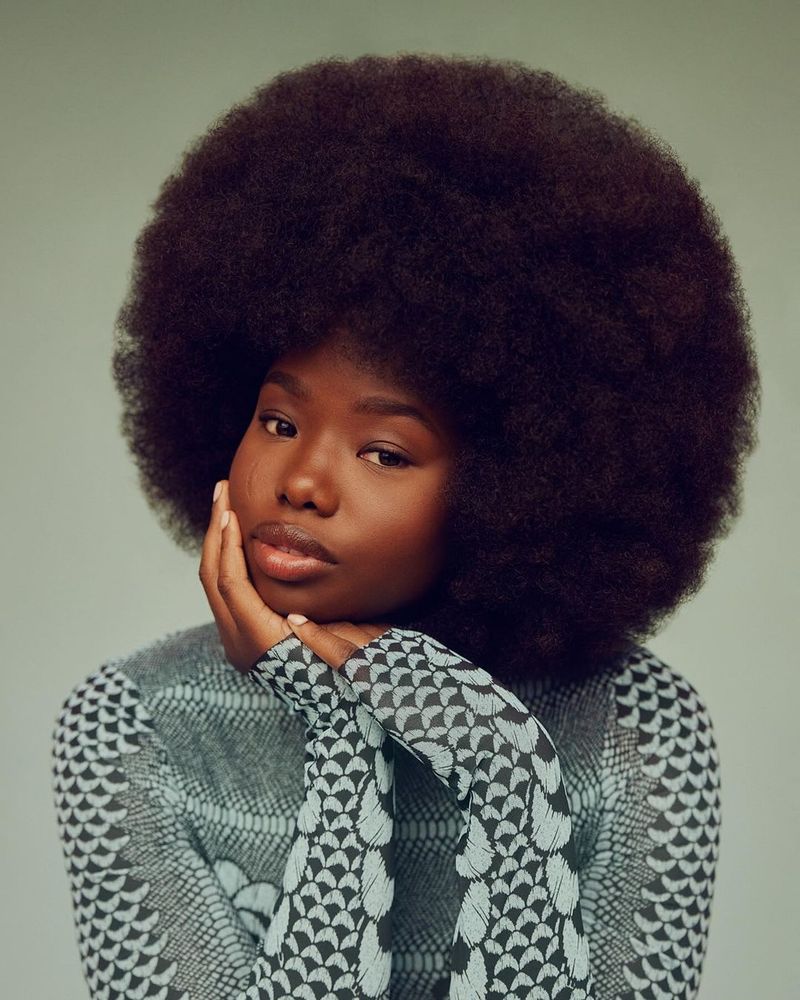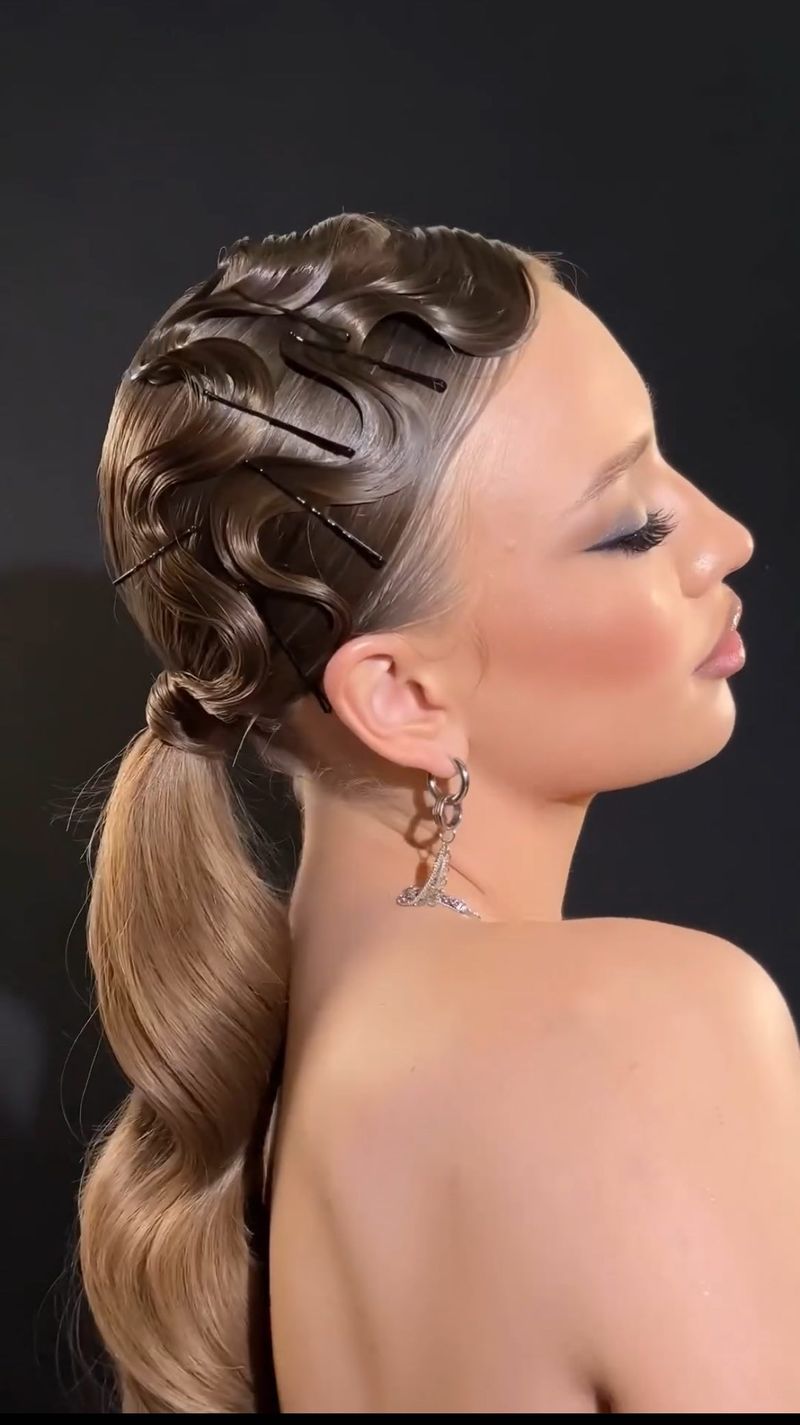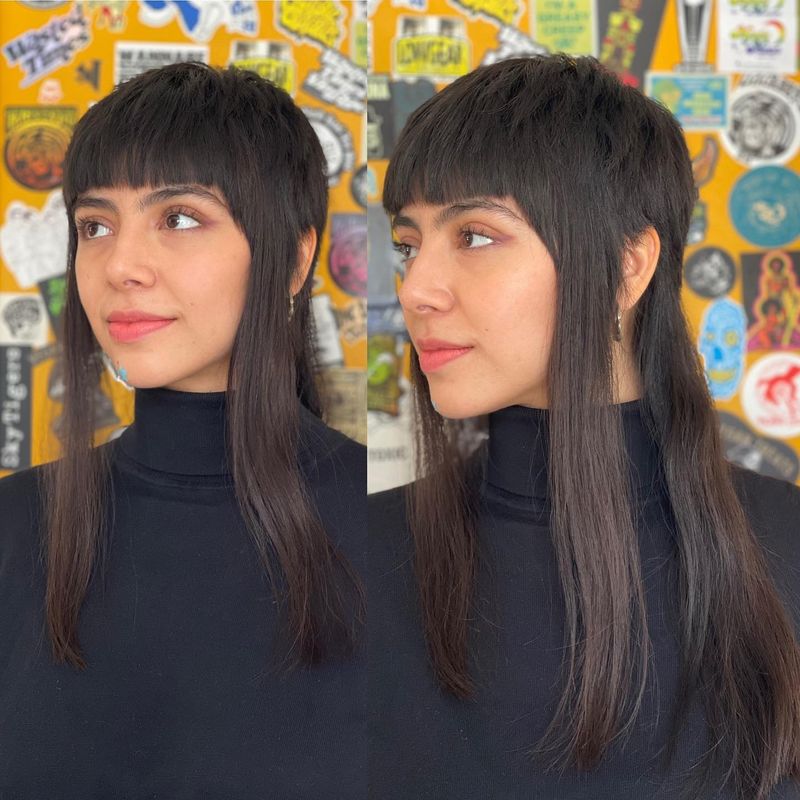Remember when hairstyles made bold statements and defined entire decades? Baby Boomers experienced some of the most revolutionary hair trends in modern history. From sky-high beehives to perfectly sculpted pompadours, these classic styles combined creativity with cultural identity. Join us for a nostalgic journey through the forgotten hairstyles that many Boomers secretly wish would make a comeback.
1. La colmena
Standing tall and proud, the beehive commanded attention in any room. Women teased their hair to gravity-defying heights, creating that distinctive dome shape. Maintaining this architectural marvel required serious hairspray commitment and careful sleeping positions. The higher the hair, the closer to heaven, as they used to say!
2. The Bouffant
Softer than its beehive cousin but equally impressive, the bouffant framed faces with voluminous, rounded fullness. Jackie Kennedy popularized this sophisticated style, making it a status symbol among fashion-conscious women. Creating the perfect bouffant required strategic backcombing and generous application of setting lotion. Many boomer ladies spent hours at the salon for weekly styling sessions.
Related: -Thinking About Box Braids? Here Are 17 Things You Should Know
3. The Flip
Flirty and youthful, the flip featured ends that curled outward with precision. Mary Tyler Moore showcased this bouncy style on television, inspiring millions of American women to embrace its perky charm. Achieving the perfect flip demanded large rollers and expert timing. The delightful little kick at the ends signaled a playful personality while maintaining professional polish.
4. El Paje
Smooth, sleek, and sophisticated described the classic pageboy with its distinctive rolled-under ends. This versatile cut framed the face beautifully while maintaining a professional appearance. Boomers loved how this style could transition from daytime office wear to evening elegance. Regular trimming kept those ends perfectly aligned in their gentle inward curve.
5. The Pixie Cut
Audrey Hepburn and Mia Farrow transformed women’s relationship with length through their iconic pixie cuts. This revolutionary short style emphasized facial features while challenging traditional femininity standards. Maintenance was surprisingly simple compared to elaborate updos. Boomer women appreciated the freedom from rollers and hour-long styling routines.
6. El Pompadour
Elvis Presley’s signature style featured height at the front that tapered toward the back. Young men spent considerable time perfecting their pompadours, showcasing both masculinity and attention to appearance. The technique required brushing hair upward and backward with precision. Special combs and plenty of Brylcreem helped achieve that characteristic wave and shine.
7. The Bubble Cut
Perfectly rounded like its namesake, the bubble cut created a smooth, helmet-like silhouette. First Lady Mamie Eisenhower popularized this structured style. Weekly salon appointments maintained the precise shape. The style’s uniform roundness represented order and conformity during the conservative 1950s era.
8. El Shag
Farrah Fawcett’s feathered version became iconic, but Jane Fonda’s original shag featured layered, messy-chic appeal. This revolutionary cut worked with natural texture rather than fighting against it. Layering created movement and volume in all the right places. The deliberately tousled appearance signaled the relaxation of rigid beauty standards as Boomers entered adulthood.
9. Rollos de victoria
Imagine the glamour of the 1940s, where women adorned their hair with intricate rolls, symbolizing resilience and victory. Victory Rolls, named after the celebratory aircraft maneuvers, were more than just a hairstyle; they were a statement. Rich in history, these rolled tresses gracefully framed faces, capturing a blend of elegance and strength. Often paired with red lipstick and vintage dresses, Victory Rolls remain an icon of post-war femininity.
10. The Flattop
Military precision defined this masculine cut with its perfectly level upper surface. Particularly popular during the conservative 1950s and early 1960s, the flattop projected authority and conformity. Barbers used specialized techniques to achieve the flat upper plane. Regular maintenance every couple weeks kept this structured style looking sharp and proper.
11. The Mod Bob
The Mod bob, with its sleek lines and playful appeal, captured the essence of the swinging 60s. This chic cut, often seen on fashion-forward individuals, was both edgy and sophisticated. Characterized by straight edges and striking bangs, the Mod bob complemented the bold fashion of the decade. Its easy maintenance made it a favorite among trendsetters and pop culture icons.
12. The Wedge Cut
En corte en cuña burst onto the scene with a youthful exuberance and sporty flair. Known for its angular shape and layered texture, it became a sensation in the 1970s. Its asymmetrical structure gave it a dynamic look, perfect for those with active lifestyles. This cut offered a fresh perspective on short hairstyles, balancing between edgy and effortless.
13. The Gibson Girl
The Gibson Girl look defined the turn of the 20th century, representing the idealized American woman. The hairstyle featured voluminous curls piled atop the head, often in a loose bun, exuding both elegance and poise.
14. The Afro
Celebrating natural texture, the Afro became a powerful symbol of Black pride and identity. This voluminous style broke free from conformist beauty standards that had dominated previous decades. Picking the hair outward created the distinctive rounded shape. Maintenance required special wide-toothed combs and protective nighttime routines to preserve the shape.
15. The Marcel Wave
The Marcel Wave, with its soft, cascading waves, brings the roaring 20s back to life. This hairstyle, perfected with heated irons, was a testament to innovation in hairdressing. It created a flowing, wavy pattern that added a touch of glamour to any ensemble. Often associated with the Jazz Age, the Marcel Wave was a favorite among flappers and socialites.
16. The Chelsea Cut
Fringe in the front, short on top, and longer at the back created this distinctive mod look from London. Fashion model Twiggy helped popularize this edgy style that challenged traditional femininity. The dramatic contrast between sections made bold statements. Young female Boomers embraced this avant-garde look as fashion boundaries expanded during the swinging sixties.

